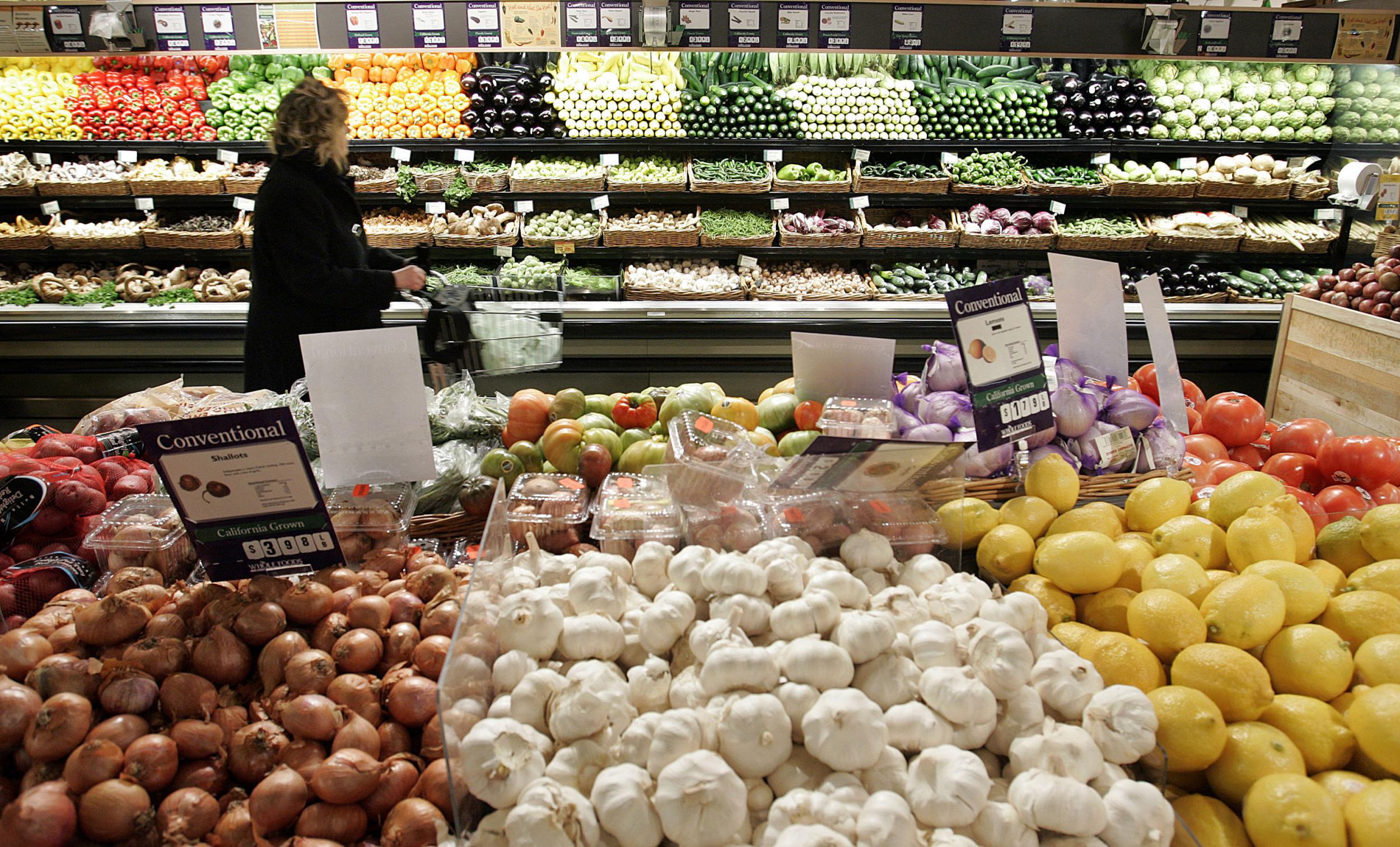Brexit: The tactics supermarkets use to sneak in price rises without people noticing
Big grocers are keen to avoid another high-profile spat over more expensive jars of Marmite but with the cost of imports increasing sharply something has to give

Supermarkets are pulling out all the stops to sneak in price hikes caused by the pound’s post-Brexit slump without consumers noticing.
Data released this week shows food prices are rising and wages are stagnant, leaving consumers increasingly conscious of the cost of the weekly shop. Meanwhile, the big grocers are keen to avoid another high-profile spat over more expensive jars of Marmite or shrinking Toblerone bars.
But with the cost of imports increasing sharply something has to give and supermarkets are using a range of tactics to deal with it.
First, they have sharply increased prices on a host of less prominent items.
From October last year to March 2017, the price of dental floss jumped 17 per cent, light bulbs are up almost 20 per cent and candles 29 per cent, according to research by price comparison site mySupermarket.
The price of household staples and big-name brands sticks in most people’s memories - to the point where the cost of milk has become a hackneyed measure of how out of touch a politician is, and public outrage ensues when a Freddo bar costs 5p more.
So supermarkets are banking on the fact that most people would find it difficult to pluck from their mind an accurate price for baby sterilising equipment (up 11 per cent), ink cartridges (13 per cent) or greaseproof paper (13 per cent).
David Oliver, a partner and head of retail consulting at PwC says, “all retailers will focus on those key lines that supermarkets benchmark themselves against. The 4 pint carton of milk being the prime example.”
The practice of targetting staples - known in industry jargon as Key Value Items - is the reason 4 pints of milk has been around £1 in major supermarkets for some time. It’s also the reason two pints costs nearly as much - it’s not used as a benchmark.
But supermarkets can’t keep absorbing across-the-board price rises by making lightbulbs more expensive. As import prices rise, supermarkets will be “very reluctant to be the first one to raise the milk price, says Mr Oliver. “But the question is how long can they hold on? At some point they have to move.”
Steve Dresser, director of consultancy Grocery Insight says retailers have to “pick their battles against rising inflation”. This is not deceptive, he argues. “We all know prices go up and down”.
“A bigger problem is shrinkflation by leading brands where the price remains the same but the pack size is reduced. This is harder to adjudicate for the customer”.
He points out that Mars has already shrunk its chocolate bars twice since the Brexit vote. The makers of Doritos, Peparami and Coco Pops have all come under fire for quietly downsizing their portion sizes.
Christian Mole, executive director at EY, says shrinkflation may be giving diminishing returns to supermarkets (as well as customers) given recent media highlighting but pointed to another tactic in the pricing armoury, known as anchoring.
He explains: “If there are three options at say £2, £4 and £10, consumers will generally pick the £4 option. The £10 option is there to “anchor” a shopper’s initial price impression, and induce them to buy the slightly more expensive (and higher margin) option,”
Tesco vowed on Wednesday to do more than its rivals to absorb price rises, but supermarkets have almost no room to manoeuvre. Years of price wars have left them with wafer-thin operating margins. Tesco’s results showed margins of 2 per cent, compared to closer to 5 per cent a decade ago, Mr Oliver said.
At the same time the pound has fallen by more than 15 per cent against the dollar, and by around 10 per cent against the euro since before the EU referendum.
Whether it’s shrinkflation, anchoring or old-fashioned price hikes, one thing is apparently inevitable: consumers will be paying more for less.
Join our commenting forum
Join thought-provoking conversations, follow other Independent readers and see their replies
Comments